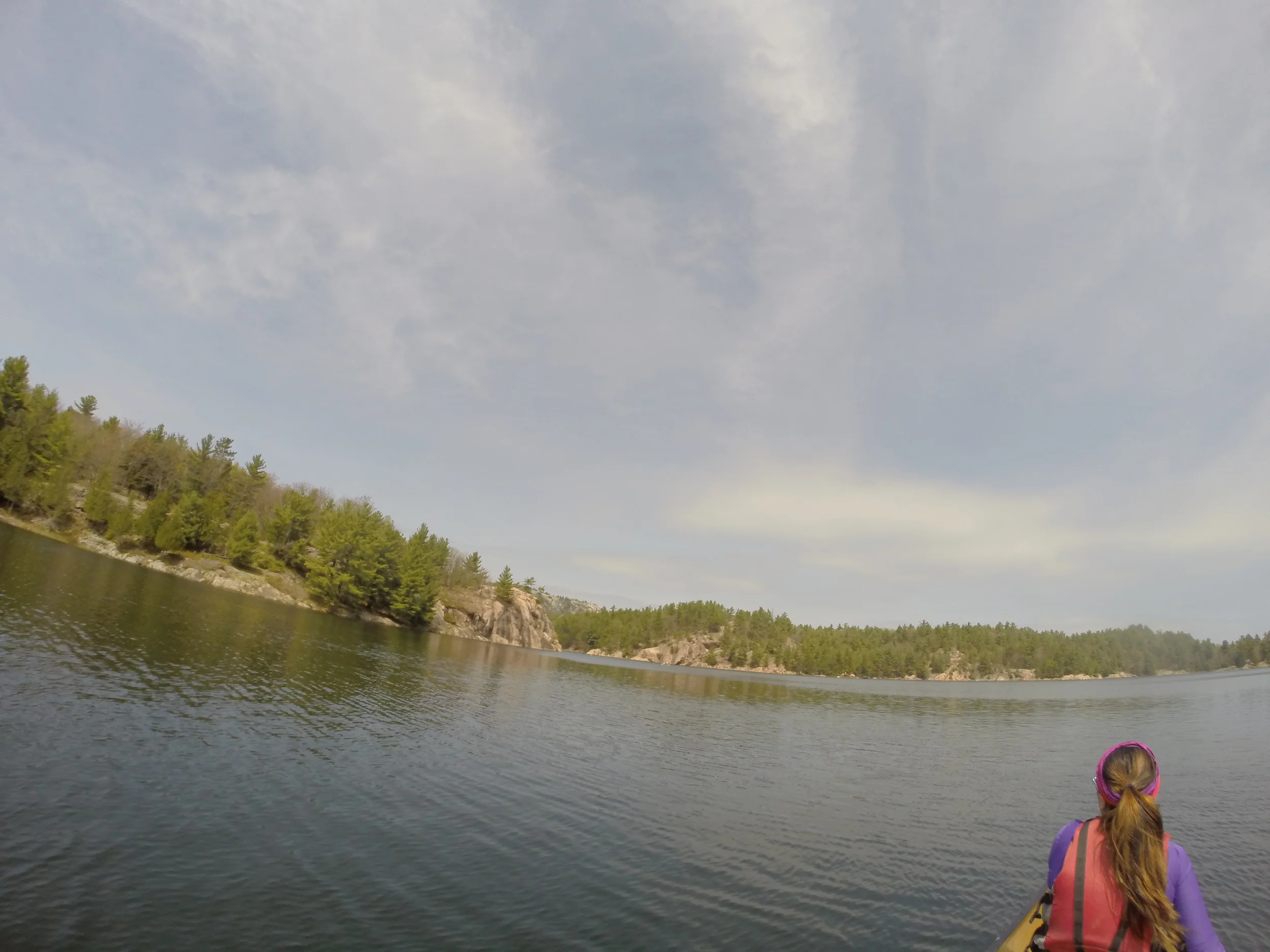As a relatively untouched place by modern society, the French River is a great tourist destination for fishermen, paddlers and outdoor enthusiasts. The 110 kilometer river has many established canoeing routes along the historic French River and beautiful Georgian bay.
Let's get started!
We went to Hartey Bay Marina, which is about a 3.5 hour drive north of Toronto. Once you get there, you will need to register at the front office and then they'll redirect you to the dock to get set up.
From here, it's pretty much a "choose your own adventure." Whether you're here for a one day or a few days, make sure to map out a route to take. You can ask the people working there what route would best suit your needs. Invest in a map if you're heading out for a few days!
Notes:
- Canoe rental is $35/day. There's a $10 launch fee and a $10 parking fee. All their canoes are 16 ft Nova Crafts and seat two people (but we seated three). They come with paddles, life jackets and safety equipment. You can visit the site here for other rental options. Try to reserve ahead of time to ensure availability!
- Check here for a map of the river and popular routes you can take.
- Experience the French River by renting a cottage, go backcountry camping, canoeing, kayaking or fishing!
- The current can get pretty strong once the river opens up, so be ready to paddle!
- Remember to pack bug spray, sunscreen and tons of water!
Let's be real here
Canoeing gets pretty tiring after the first few hours. We spent 6 hours out on the water with a lunch break on an island. We also didn't have a map, so we didn't go out too far. But we did end up in a swampy area with tons of wildlife. We ended up seeing a baby bear, which Chechi scared off because she got too excited. Typical.



















